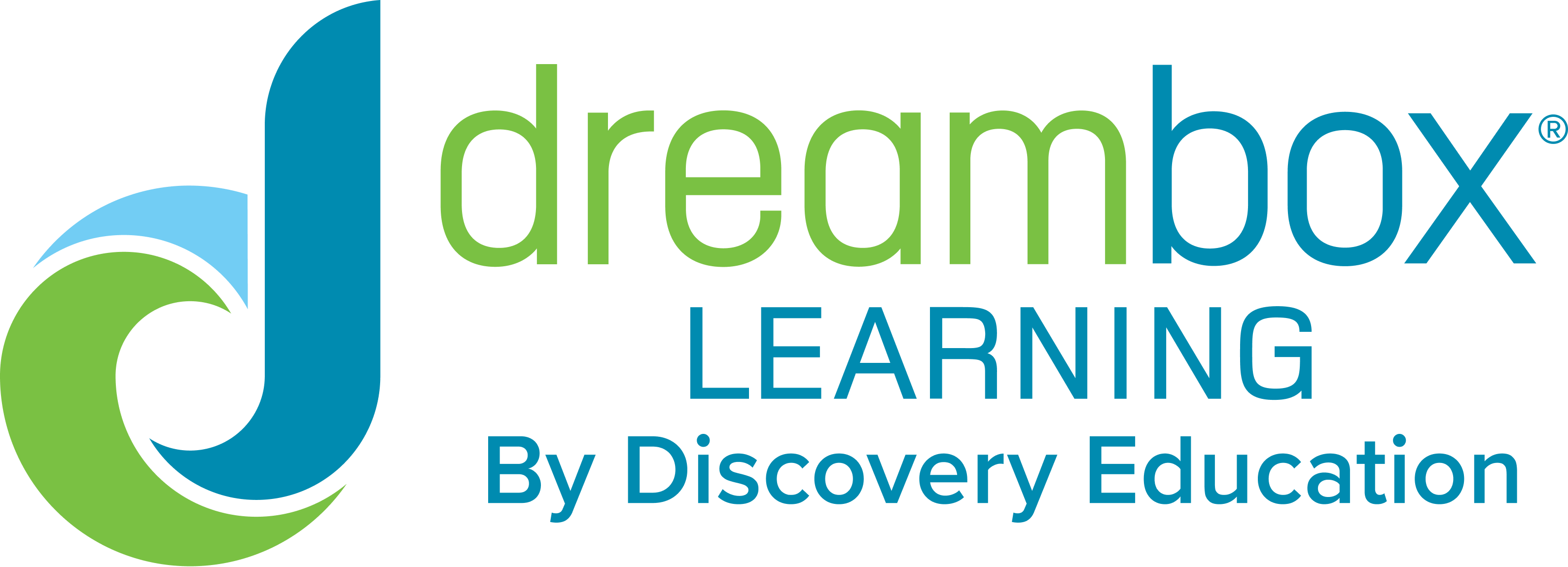Everything you need to know about selecting and implementing the right online math program
More and more school districts are turning to Blended Learning, an education model where students learn part through online math delivery of lessons and part through the traditional classroom, to implement the rigorous standards of 21st century learning. As with any educational initiative or strategy, the right Blended Learning model, used in conjunction with a digital curriculum, should deepen student understanding, critical thinking, and independent problem-solving capabilities as outlined in the Common Core and other standards documents.
In this white paper, Best Practices for Evaluating Digital Curricula, you’ll discover:
- Free Tools and Resources for a Successful Blended Learning Program. Discover where to find useful product reviews of online math programs, as well as some of the latest digital tools to help implement an engaging and results-oriented blended learning program that adheres to Common Core and other education standards.
- Planning Backward. Discover this effective way to design learning programs, lessons, and schools. Planning with the end in mind means ensuring that learning goals inform when and why students need certain lessons designed in certain ways, as well as whether in-person or self-directed digital experiences would be most appropriate to support their success.
- The SAMR Model. To determine whether a digital curriculum is engaging students in new and effective ways, educators can use the Substitution/Augmentation/Modification/Redefinition (SAMR) model, created by Dr. Ruben Puentedura and described in “Transformation, Technology, and Education.” Learn how to use this model to determine if a technology or application is truly transformative for students.
- Understanding Adaptive Technology. The word “adaptive” is increasingly being used in claims describing how technologies uniquely personalize and individualize education for each student. Even though “adaptive learning” developers have noble goals, the design of each adaptive platform reveals important pedagogical approaches and assumptions made by the developers. The adaptive platform determines the pedagogy and the ways students engage with learning, and not all adaptive platforms are capable of supporting strong pedagogy and rich learning tasks.
The proliferation of digital curricula makes it even more important for educators to be discerning and to critically test and judge software before incorporating it into a blended learning program.

Next-Generation Intelligent Adaptive Learning
Transformative digital content that enables students to make sense of things on their own requires a different kind of adaptive platform that can provide feedback based on how students think for themselves in new situations. The “intelligent” difference lies in the pedagogy and transformative nature of the digital content—a great example of the redefinition category in the SAMR model.
Lessons written for an Intelligent Adaptive Learning platform are designed to adapt in real time and aren’t simply digitized static content that replicate print resources. Instead, they are built from the ground up to be interactive and adapt at any moment to the ideas of any student. Truly intelligent adaptivity uses non-linear sequencing informed by decades of research about natural cognitive development and growth in reasoning, instead of being generated from crowd-sourcing other students’ behaviors with digitized print materials.
Putting it all Together with Critical Evaluation of Digital Curricula
This report includes a digital curriculum evaluation checklist for easy reference, as well as steps for implementation after the selection process is complete. You’ll learn nine key implementation factors most strongly linked to education success, and many other tips for a high return on investment from math online curriculum.
VP of Learning for DreamBox Learning

Tim Hudson










